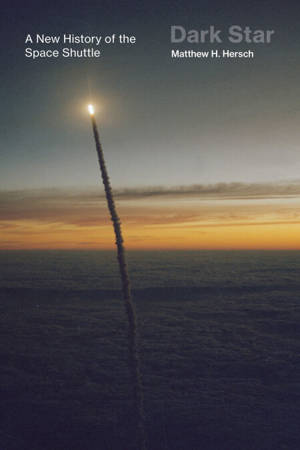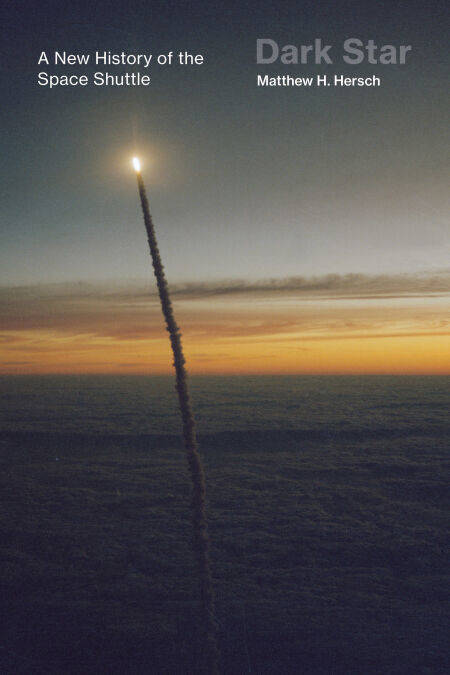
- Afhalen na 1 uur in een winkel met voorraad
- Gratis thuislevering in België vanaf € 30
- Ruim aanbod met 7 miljoen producten
- Afhalen na 1 uur in een winkel met voorraad
- Gratis thuislevering in België vanaf € 30
- Ruim aanbod met 7 miljoen producten
Zoeken
€ 44,35
+ 44 punten
Omschrijving
A captivating history of NASA’s Space Transportation System—the space shuttle—chronicling the inevitable failures of a doomed design.
In Dark Star, Matthew Hersch challenges the existing narrative of the most significant human space program of the last 50 years, NASA’s space shuttle. He begins with the origins of the space shuttle: a century-long effort to develop a low-cost, reusable, rocket-powered airplane to militarize and commercialize space travel, which Hersch explains was built the wrong way, at the wrong time, and for all the wrong reasons. Describing the unique circumstances that led to the space shuttle’s creation by President Richard Nixon’s administration in 1972 and its subsequent flights from 1981 through 2011, Hersch illustrates how the space shuttle was doomed from the start.
While most historians have accepted the view that the space shuttle’s fatal accidents—including the 1986 Challenger explosion—resulted from deficiencies in NASA’s management culture that lulled engineers into a false confidence in the craft, Dark Star reveals the widespread understanding that the shuttle was predestined for failure as a technology demonstrator. The vehicle was intended only to give the United States the appearance of a viable human spaceflight program until funds became available to eliminate its obvious flaws. Hersch’s work seeks to answer the perilous questions of technological choice that confront every generation, and it is a critical read for anyone interested in how we can create a better world through the things we build.
In Dark Star, Matthew Hersch challenges the existing narrative of the most significant human space program of the last 50 years, NASA’s space shuttle. He begins with the origins of the space shuttle: a century-long effort to develop a low-cost, reusable, rocket-powered airplane to militarize and commercialize space travel, which Hersch explains was built the wrong way, at the wrong time, and for all the wrong reasons. Describing the unique circumstances that led to the space shuttle’s creation by President Richard Nixon’s administration in 1972 and its subsequent flights from 1981 through 2011, Hersch illustrates how the space shuttle was doomed from the start.
While most historians have accepted the view that the space shuttle’s fatal accidents—including the 1986 Challenger explosion—resulted from deficiencies in NASA’s management culture that lulled engineers into a false confidence in the craft, Dark Star reveals the widespread understanding that the shuttle was predestined for failure as a technology demonstrator. The vehicle was intended only to give the United States the appearance of a viable human spaceflight program until funds became available to eliminate its obvious flaws. Hersch’s work seeks to answer the perilous questions of technological choice that confront every generation, and it is a critical read for anyone interested in how we can create a better world through the things we build.
Specificaties
Betrokkenen
- Auteur(s):
- Uitgeverij:
Inhoud
- Aantal bladzijden:
- 328
- Taal:
- Engels
Eigenschappen
- Productcode (EAN):
- 9780262376662
- Verschijningsdatum:
- 25/12/2023
- Uitvoering:
- E-book
- Beveiligd met:
- Adobe DRM
- Formaat:
- ePub

Alleen bij Standaard Boekhandel
+ 44 punten op je klantenkaart van Standaard Boekhandel
Beoordelingen
We publiceren alleen reviews die voldoen aan de voorwaarden voor reviews. Bekijk onze voorwaarden voor reviews.








